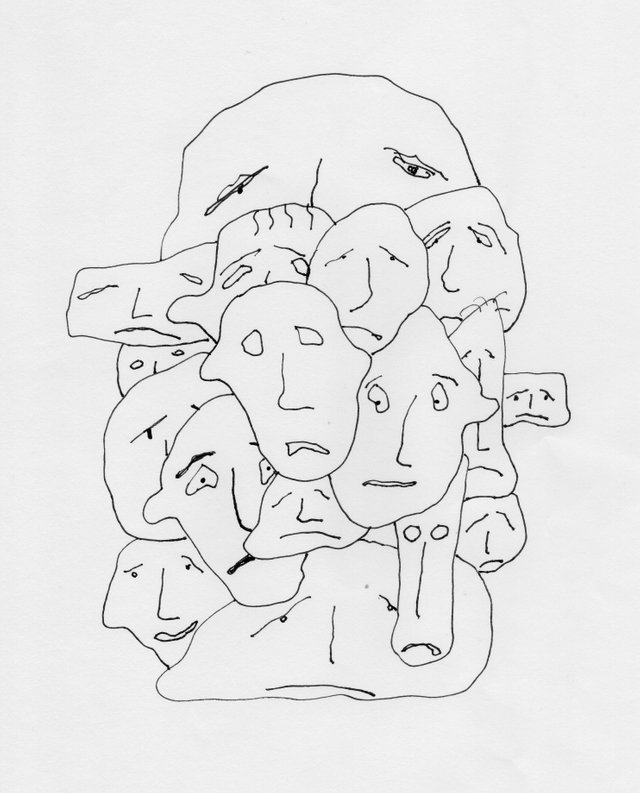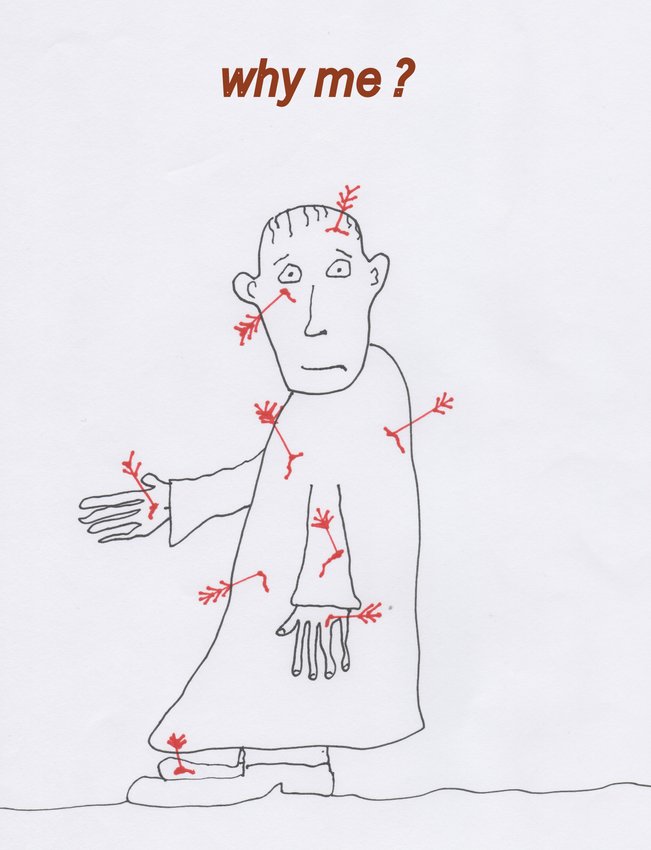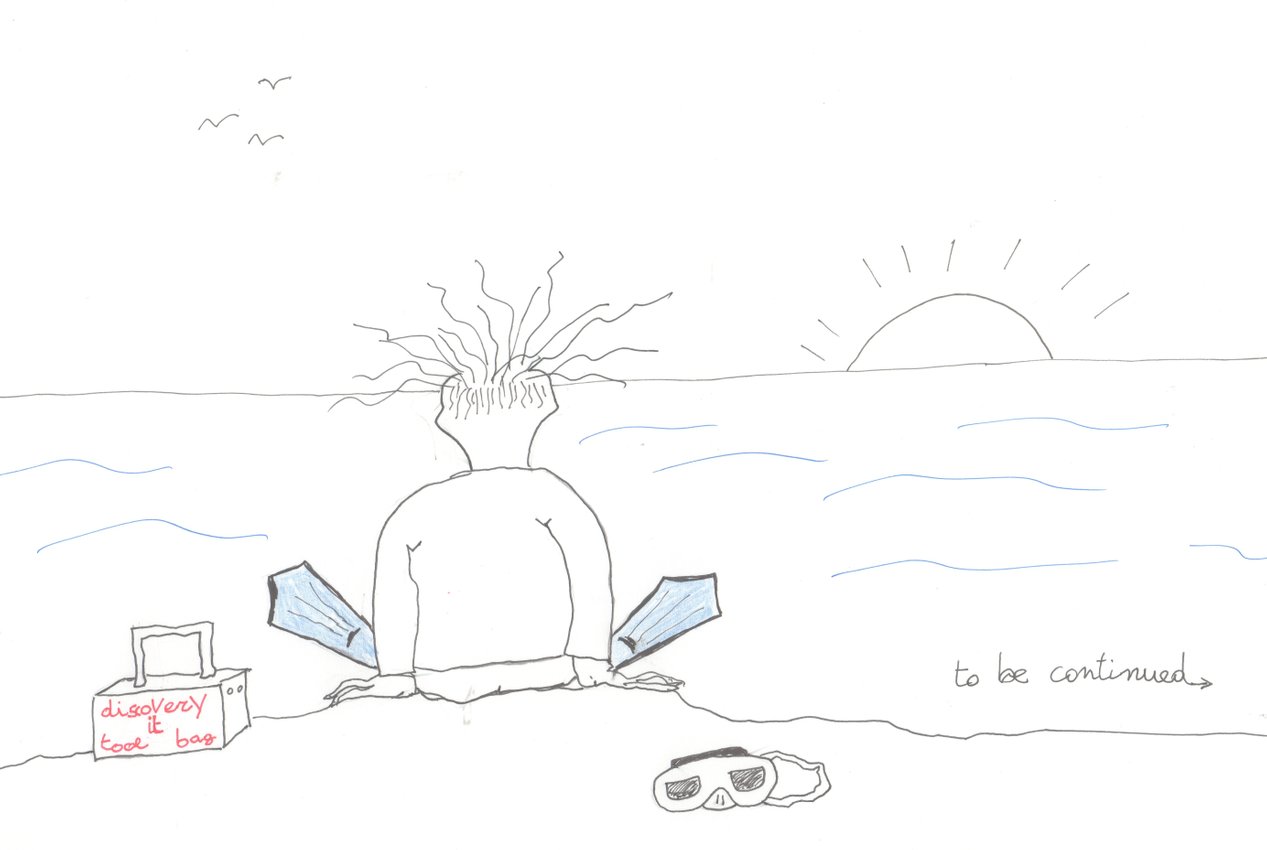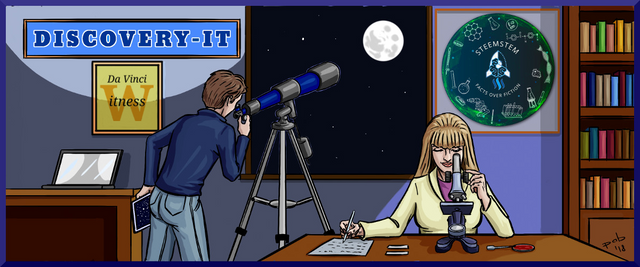Discovery Science Presents: The Pain

Discovery-it Science





The pain

The pain manifests itself in different ways: physical, mental, of the soul or in other forms, despite ourselves.
From the IASP, international association for the study of pain, it is defined as "an unpleasant sensory and emotional experience that is associated with an actual or potential tissue damage".
There are several scales for measuring pain that can be one-dimensional and multidimensional.
The one-dimensional scales are limited to measuring only the intensity of the perceived pain, while the multidimensional ones take into consideration all the other dimensions such as sensorial-discriminative, cognitive-evaluative and motivational dimension.
Pain can therefore be understood as an alarm that catapults us into a condition of, more or less, mild illness that can become pathological when, ceasing the initial symptoms, continuing over time, the pathology becomes a disease itself.
This, is an extreme synthesis in the medical field. But there are other forms in which the pain, where there isn’t an immediate perception of suffering but it is expressed through the existential sphere or the soul.
The aspect of existential pain, so not physical, involves the pain of living, because we are surrounded by a sense of loneliness, not understanding the meaning and the role of our existence, the sense of powerlessness in the face of the belief that there can not to be a solution to our problems where we often consume more or less, big silent or social tragedies, cities no longer on a human scale where there is a strong indifference towards those who are weak and where there are forms of selfishness that prevail.
Pain is also a condition of deprivation of our and other's freedom. For example Francesco Petrarca talks about it in the "Canzoniere" where in "Italia mia, benchè il parlar sia indarno", expresses his sorrow for the sufferings of the Italians and exhorts the gentlemen to liberate the country from the tyranny of the foreign mercenary armies.
And, speaking of the different expressions of pain, how not mentioning “The Scream” by Edvard Munch who in his effective representation talks about the suffering of humanity in the last century.
In the canvas, a landscape deformed by unreal curved lines and strong contrasting colors, is possible to feel a sense of anguish and loneliness of a deformed man who feels the enormous weight of existential bewilderment.


Fibromyalgia and "the pain that is not seen"

Despite the many steps forward in medicine and research, there are still diseases whose causes and cure remain little known, among these is Fibromyalgia. The medical literature speaks of it as early as the 17th century but only at the end of the twentieth century has reached its legitimacy of illness. Even until recently, some doctors denied its existence.
Fibromyalgia affects mainly young and middle-aged women but can present itself more rarely also in men at any age. The characteristic of this disease is a chronic pain that can characterize any part of the body. Together with other symptoms, strongly limits the daily life of the person who suffers. Other manifestations include general soreness, fatigue, disturbed sleep, anxiety, and depression.
For a long time, it was considered by doctors only as a psychological disorder, due to the absence of detectable physical and diagnostic objectivity and, for some, it was not even considered a "disease". In fact, only recently, certain hypotheses regarding etiopathogenesis been confirmed as reliable. Even now it remains characterized by innumerable etiological and therapeutic doubts.
In addition, the comorbidity with other disorders, such as hypothyroidism, rheumatoid arthritis, lupus or other autoimmune disorders, anxiety and depression, irritable bowel syndrome, makes it even more difficult to frame a specific medical specialty, causing people who suffer from it to end up turning to specialists, without resolving definitively or satisfactorily their problem. 1.
The exact cause, therefore, is not completely known; however, several studies have confirmed its neurophysiological nature allowing it to be included among the disturbances of the sensitivity of the central nervous system. What has been found is an alteration in the cerebral processes involved in the perception of pain. This hypothesis was confirmed by neuroimaging studies in which hypersensitivity to pain stimuli was shown compared to healthy controls. Another mechanism taken into consideration concerns the involvement of the immune system, in particular, the hyperactivation of the microglia-like cells present in the brain and consequently of the inflammatory cytokines 2.
We must not forget also the likely genetic component that determines a predisposition to develop this disease and the participation in the etiopathogenesis of other factors such as previous physical and psychic traumas.
Since 1990, the American College of Rheumatology has defined precise diagnostic criteria that have received reviews over the years. The currently recognized criteria date back to 2011 and are:
- the painfulness of the acupressure of specific musculoskeletal points called "tender-points" which are in total 19 points and spread throughout the body, evaluated through a clinical scale.
- 6 symptoms reported by the patient such as disturbed sleep, fatigue, abdominal pain, headache, depression, and cognitive disorders. Also for these symptoms, a score, thru a scale, is attributed. The collected scores are summed and, after a certain cut-off, it allows the diagnosis of Fibromyalgia but always and only after the exclusion of other organic diseases 3.
But who deals with this disorder? Based on what we have said, in the first position we find the rheumatologist, albeit, due to the great variety of disorders present, may come to the attention of other specialists such as gastroenterologists, neurologists, psychiatrists, and others.
Finally, the possibilities for treatment remain unclear, which unfortunately are not conclusive: today, in fact, there is no effective cure but only therapies that can reduce pain and improve daily functioning. The therapies currently used are both pharmacological and non-pharmacological and they include: a specific diet, exercise, cognitive-behavioral psychological therapy, analgesics, muscle relaxants, anxiolytics, antidepressants, and anticonvulsants
4.
I conclude with a personal reflection of mine: we should not surprise us that a disease characterized by a complex symptom such as pain still remains little known in some respects; thinking in fact of the many facets that pain can take, from the physical to the psychic standpoint, and to the fact that often it can "not be seen", we can also explain why it is so difficult to understand and cure it.
Links:
- Fibromyalgia clinical presentation
- Fibromyalgia- etiopathogenesis
- Fibromyalgia criteria
- Fibromyalgia-therapy
written by @rosemery


Phantom limb syndrome

"One of the greatest opportunities of my life." - Alex Zanardi [5]
These are the words that the Bolognese, racing car driver, pronounced following the terrible clash at the Lausitzring in Germany in which he lost his lower limbs. Words that resonate in our hearts, full of meaning by seeing how a man has been able to react to such an event traumatic, managing to make sacrifice and strength of mind his best weapon. 8 hours 26 minutes and 6 seconds, Zanardi's record at the Ironman of Cervia in September, fifth overall performance among the able-bodied after having faced 3.8 km of swimming, 180 km cycling and 42.1 km running. [3] Not all people can react with an explosive force following a traumatic event such as an amputation and it is difficult to investigate how the brain relates to the new situation, reorganizing the neural circuits. To introduce essentially what happens: the person is able to perceive both the presence of the missing limb, with the tactile sensations and position of the same, and a pain, of various order of magnitude but still debilitating, associated with the same limb.
So what is the meaning of the pain associated with the loss of a limb? In recent years, the theme of mirror therapy in amputees has been increasingly investigated and investigated as a therapy for phantom limb syndrome, known as Phantom Limb Pain (PLP) .
The phantom pain is defined, according to Nature, Neuroscience Reviews, as a pain in a part of the body that has been either amputated or subjected to deafferentation, the complete suppression of afferent nerve stimuli. [1] It is characterized as a neurological disease and it is considered to originate from alterations in the peripheral region of the reference stump.
Before talking about the pathology, we need to introduce the concept of proprioception, which is known as kinesthetic, the ability to control body position and movement of the same, not bound to the sight of the limbs. They are in fact receptors called proprioceptors that acquire the incoming information ( stimulus ) and, through the spinal cord, more specifically at the level of the dorsal horns, they communicate it to the brain centres to elaborate information on position and movements, such as the brainstem and the cerebellum. [2]
The syndrome has been approached in the past to a pathology of psychiatric origin, however, following numerous studies since the eighties it is associated with the neurological disease. The theories are essentially two, which can be traced chronologically. The accredited and dominant hypothesis until a few decades ago was that of the irritation of nerve endings, called neuromas. These are formations formed as a result of amputation (amputation neuromas) due to the development of axons not covered by myelin sheath (amyelinates) with a tangled pattern and fibrous texture. The incoming electrical signal, processed as spurious, is considered the element responsible for the perception of the amputated limb and the perceived pain. To refute this hypothesis, however, is a statistical fact of great strength: the surgical removal of neuromas and peripheral anesthetic treatments, although it has shown excellent results in the reduction of pain [7], is effective only in half of the amputee subjects. Furthermore, the surgical treatment can only lead to a temporary disappearance of pain. [6]
The first parameter to be introduced that caused an evolution of the theory is the "memory of pain". This expression refers to how the last sensory state before amputation can lead to the maintenance of the state itself after the loss of the limb. A strong correlation between the state of paralysis or acute pain of the subject and the perception of the individual was highlighted, with a feeling much more attenuated for subjects who did not perceive pain before the traumatic event. [1]
The neuroscientist Vilayanur Subramanian Ramachandran has revolutionized both the therapies and the role of vision for the therapy itself. In fact, he claimed that the memory (genetics) of the organism was to have the four limbs throughout life. The sensations are therefore imputable to a reorganization of the somatosensory cortex, in the postcentral area. To demonstrate this, patients touched at different points on their faces reported different sensations at different points of the missing limb. [8]
Ramachandran's great intuition was the introduction of the Mirror Box or Mirror Therapy previously mentioned. This method consists in positioning the intact limb in a box with a reflecting mirror: the patient is asked to move both limbs, and the vision of the missing limb in motion leads to the elaboration of the completeness of the same with an attenuation or even with the total disappearance of the pain, despite the variability of the results and the fact that the 40/50% of patients do not reflect benefits as a result. [9] The most interesting aspect is "the deception" in the processing of visual information due to the use of the mirror, to which a study published in 2017 by NEJM has referred: augmented reality can further reduce the intractable pain in PNP. [10]
Being a condition of a thousand nuances, we have not come to a full understanding of the pathological mechanisms that lead to pain or to a therapy considered as a golden standard univocal. Conditions of stress or depression can accentuate the manifestations, as well as the great heterogeneity of cases and outcomes of the treatment lead to a difficult collection and presentation of data that have a statistical meaning or that direct the research. Medicine is therefore increasingly personal, that is, it looks at the well-being and benefits of the individual, with the need to adapt to a continuous evolution and responding in the most effective way possible to the signals that the body sends.
Links:
- Phatom limb pain - Nature
- Enciclopedia Medica Treccani - Propriocezione
- Record Zanardi Ironman
- Mirror Therapy - Pubmed
- Citazione Zanardi
- Il duello dei neurochirurghi - Ramachandran
- Surgical Treatment of Phantom Limb
- Cortical Reorganization - San Diego University
- Mirror Data
- NEJM - Realtà aumentata
- A consulto: Fiorenzo Conti, Fisiologia Medica ed Anastasi, Anatomia Umana
written by @bafi

Discovery-it Science








Good write up.
Although, I would have preferred more spacing for an easier read.
Thanks, we'll keep it in mind!!
plagiarize : https://emedicine.medscape.com/article/329838-clinical ?
This post has been voted on by the SteemSTEM curation team and voting trail in collaboration with @curie.
If you appreciate the work we are doing then consider voting both projects for witness by selecting stem.witness and curie!
For additional information please join us on the SteemSTEM discord and to get to know the rest of the community!
https://emedicine.medscape.com/article/329838-clinical